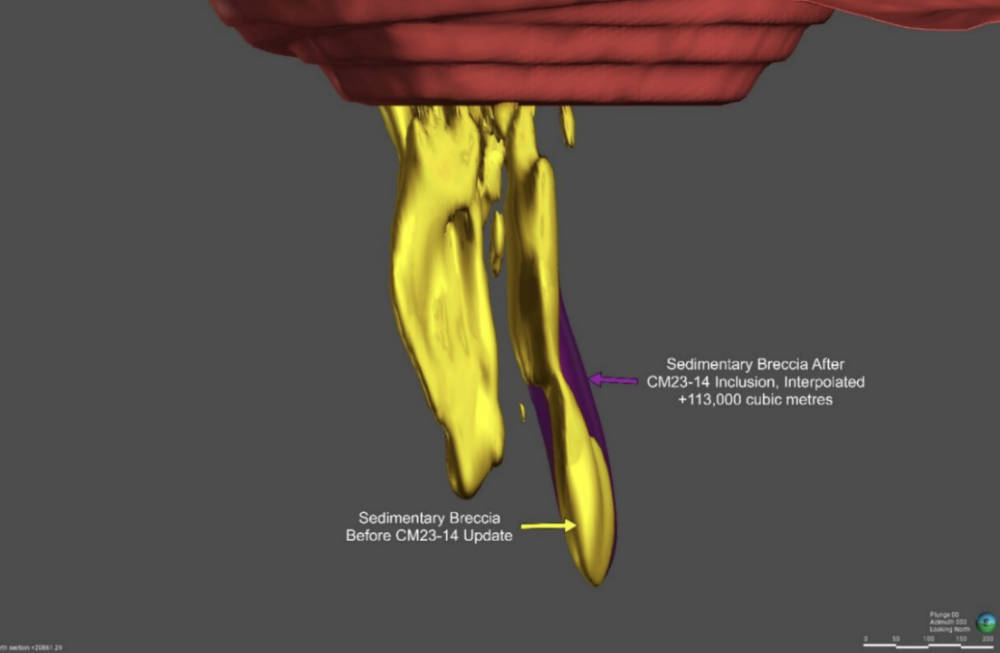Dateline’s 133m sulphide intersection extends high-grade sedimentary breccia zone at Colosseum

The 133m sulphide intersection is double that intersected by hole CM23-08. Pic: via Getty Images
- Diamond hole intersects 133m of sulphide at Dateline’s Colosseum gold mine
- Result extends sedimentary breccia beyond 76.2m at 8.62g/t gold intercept in hole CM23-08
- Intersection also supports company’s current understanding of the geological model
Special Report: Diamond drilling at Dateline Resources’ Colosseum gold mine in California has returned a pleasing sulphide intersection of 133m which both exceeded expectations and supports the current geological model.
Colosseum sits within the southern section of the Walker Lane trend in East San Bernardino Country and has a current resource of 20.9Mt grading 1.2 grams per tonne (g/t) gold for 813,000oz of contained gold.
The Walker Lane Trend is host to several substantial discoveries, including Corvus Gold’s 1.7Moz Mother Lode deposit and the 6.5Moz Castle Mountain gold mine owned by Equinox Gold.
Besides gold, the project is also highly prospective for REEs following the discovery of notable concentrations in initial samples last year.
Modelling by Dateline Resources (ASX:DTR) has indicated a high relative density area (postulated carbonatite body) around breccia pipes, which is similar to mineralisation at the nearby Mountain Pass mine – the world’s highest-grade rare earth mine – just 10km to the southeast.
Priority analysis requested
Hole CM23-14, which intersected the sulphides (pyrite, sphalerite, galena and minor electrum) over 133m, was drilled to test the down-plunge extensions to CM23-08, as well as a revised sedimentary breccia model.
This is promising as it is nearly double the width of the jaw-dropping assay of 76.2m grading 8.62g/t gold intersected by CM23-08 in 2023, providing the company with additional information to better target the drilling program.

Core has been logged, cut and sampled with priority analysis requested. Assays are expected in 3-4 weeks.
“The objective of this drillhole was to test our current understanding of the revised geological model and extend the known high-grade sedimentary breccia zone,” DTR managing director Stephen Baghdadi said.
“The consistency of the 133m wide sedimentary breccia intersection has exceeded our expectations and supports our current understanding of the geological model.
“The 133m intersection contains significant sulphides within the breccia matrix and sulphide replacement of sedimentary clasts. This drillhole has extended the sedimentary breccia beyond what was identified in drill hole CM23-08 and we have dispatched the samples for priority analysis.”
This article was developed in collaboration with Dateline Resources, a Stockhead advertiser at the time of publishing.
This article does not constitute financial product advice. You should consider obtaining independent advice before making any financial decisions.
Related Topics

UNLOCK INSIGHTS
Discover the untold stories of emerging ASX stocks.
Daily news and expert analysis, it's free to subscribe.
By proceeding, you confirm you understand that we handle personal information in accordance with our Privacy Policy.








